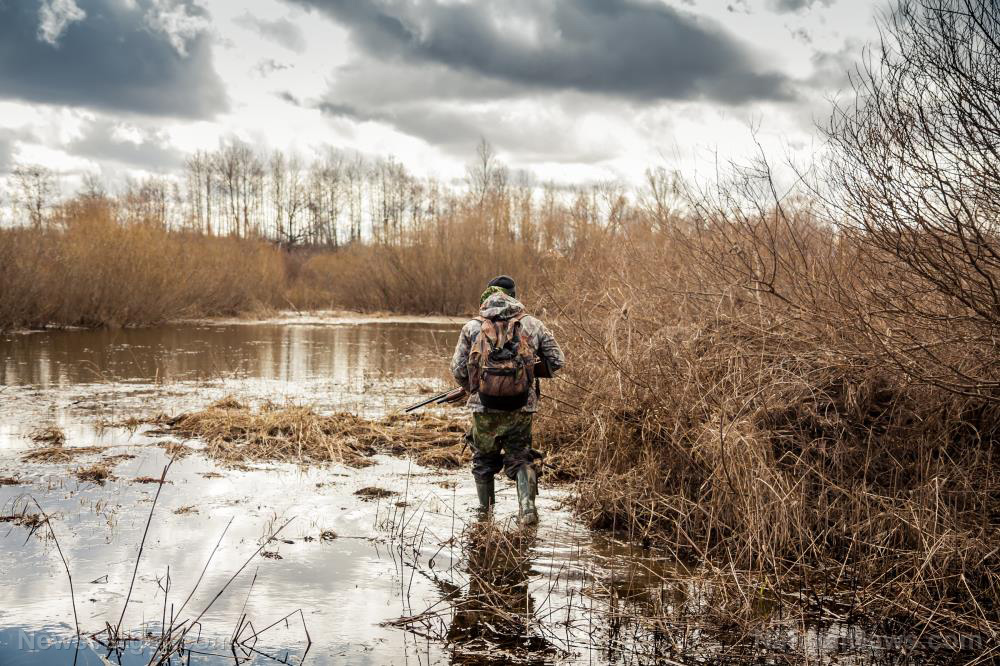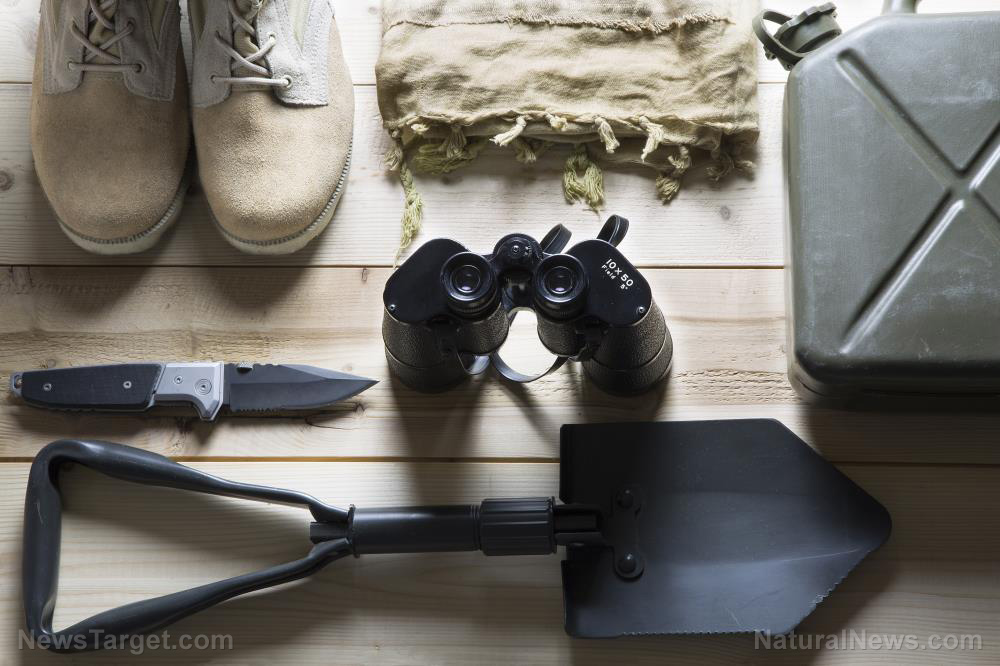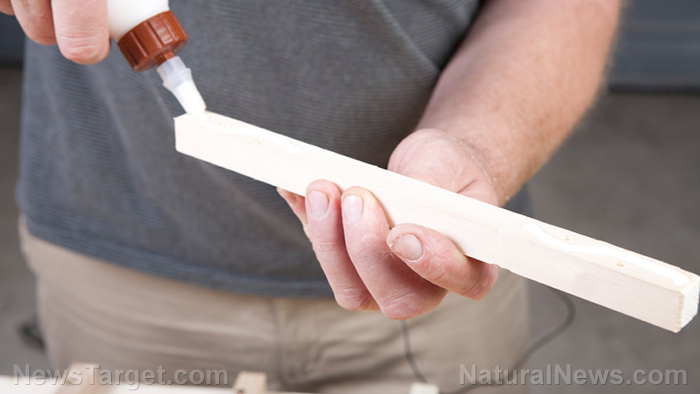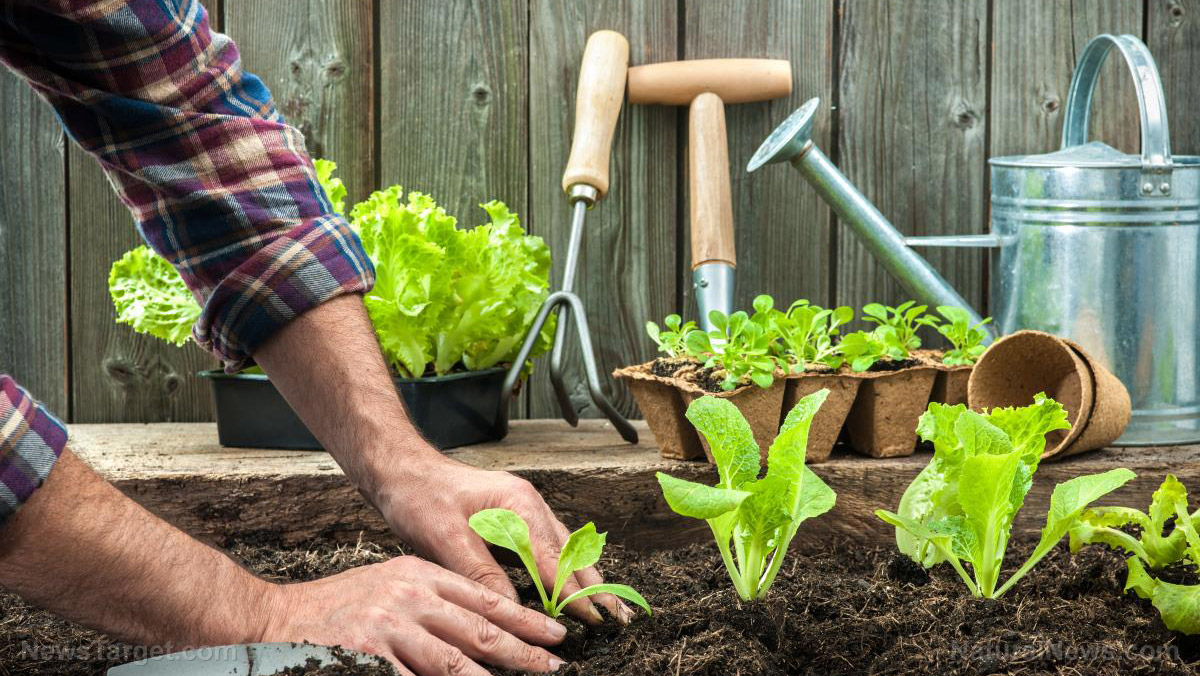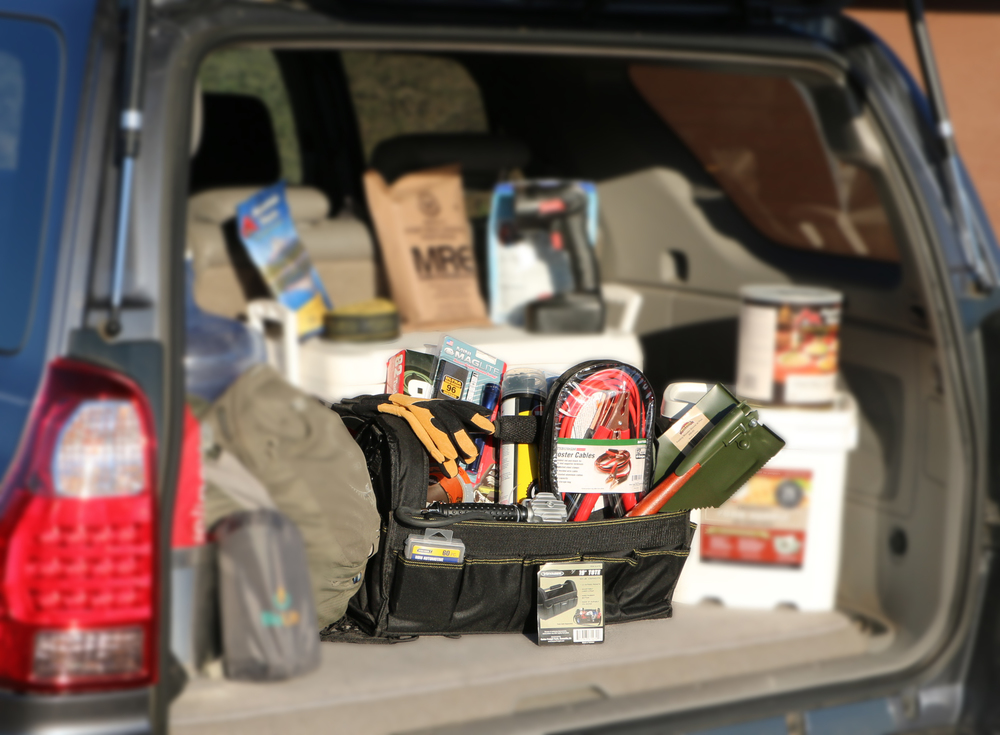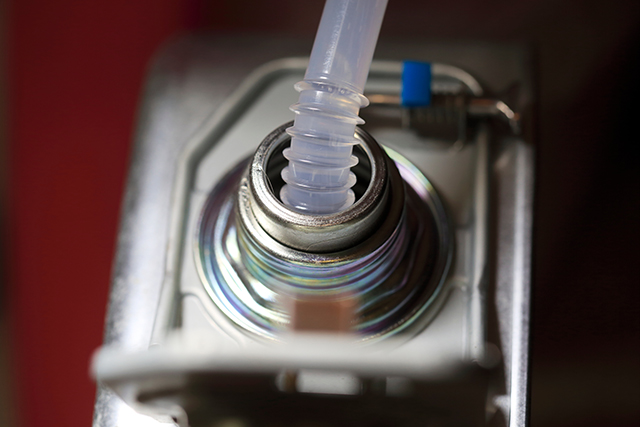Get started on casting your own bullets
09/19/2019 / By Edsel Cook
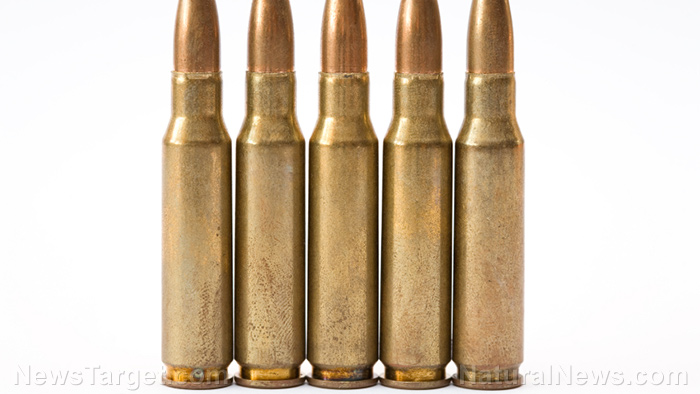
Practicing your shooting skills is a must, but the costs of all those expended rounds will pile up. Learning how to cast new lead bullets will save money while also ensuring a steady supply of ammunition in the long run.
Start by getting a fire extinguisher for safety reasons. Also keep a gel-based burn blanket at hand for treating injuries.
The required tools include the following:
- A towel for catching molded bullets
- A slab of wax for fluxing bullets and making a lubricant
- A bung stick for controlling the sprue bar of the mold and tapping
- A bullet mold and a ladle for dipping lead and pouring it into the mold
- A melting pop for molten lead and its dedicated spoon for loading metal into the container
Lead wheel weights, bullets recovered from firing ranges, and lead ingots make for good sources of raw material for casting bullets. (Related: Wilderness survival skills that also work in an urban environment.)
How to cast your own bullets
Start by heating the lead material until it melts. Anything that isn’t lead will float to the surface. Scoop up the impurities with the spoon and get rid of them.
Next is the fluxing process. Carefully add a thumbnail-sized piece of wax to the molten lead. The metal will react by flaring. Let the smoke dissipate before scooping up the dark-colored scum from the surface of the lead.
Prepare the bullet mold and the ladle by heating them. Dip a corner of the mold into the contents of the melting pot. At the same time, stick the ladle into the pot of molten lead.
If time is of the essence, open the sprue cutter, pour molten lead into the cavities to heat the mold, and dump the contents. Repeat the process five or six times.
In the latter method, the mold is ready for use once the lead extracted from the cavities appear uniform and neat. The finished bullets will have no folds or vacancies present on their surfaces.
Dump the bullets from the mold onto a folded towel. Avoid dropping the lead on top of each other. They remain hot and soft at this point, and they will deform if they hit each other with sufficient force.
Upon producing enough bullets to fulfill immediate and future needs for replacement ammunition, turn off the melting pot. Move the tools on a fireproof pad for the next step.
Turning paraffin wax into DIY bullet lube
A cast bullet gets hot from the velocity at which it travels. It deposits tiny amounts of molten lead on the lands and grooves of the barrel. The lead deposits make shots less accurate and damage the gun.
Reduce the issue by cleaning the gun after every use. More importantly, use bullet lube.
The bullet of a properly manufactured cartridge features a coat of greasy lubricant. The bullet lube of .22 rounds is notoriously thick.
Bullet lubricant is available anywhere that sells reloading and casting tools. There is also a way to make DIY bullet lube at home.
Put a 0.5 pound brick of paraffin and a four-ounce jar of petroleum jelly in a double boiler. Stir before removing from heat. Add a quarter cup of Marvel Mystery Oil and blend the mix further.
Place 30 to 40 bullets in nose-up standing positions inside an aluminum pie tin. Add enough lube – either manufactured or DIY – to cover the ring-like lubricant grooves on the lead.
Place the tin in a freezer and let the lube cool until its “plate” becomes hard enough to remove from the tin. Push the nose of the bullet so that it pops out of the lubricant plate. Repeat for the remaining bullets.
For more tips on making your own self-defense tools, visit SelfDefense.news.
Sources include:
Tagged Under: ammo, ammunition, Bullets, DIY, firearms, guns, how-to, lead, lead ammunition, lead bullets, lubricant, preparedness, prepper, prepping, self-defense, self-help, survival, weapons
RECENT NEWS & ARTICLES
COPYRIGHT © 2018 SURVIVALGEAR.NEWS
All content posted on this site is protected under Free Speech. SurvivalGear.news is not responsible for content written by contributing authors. The information on this site is provided for educational and entertainment purposes only. It is not intended as a substitute for professional advice of any kind. SurvivalGear.news assumes no responsibility for the use or misuse of this material. All trademarks, registered trademarks and service marks mentioned on this site are the property of their respective owners.

